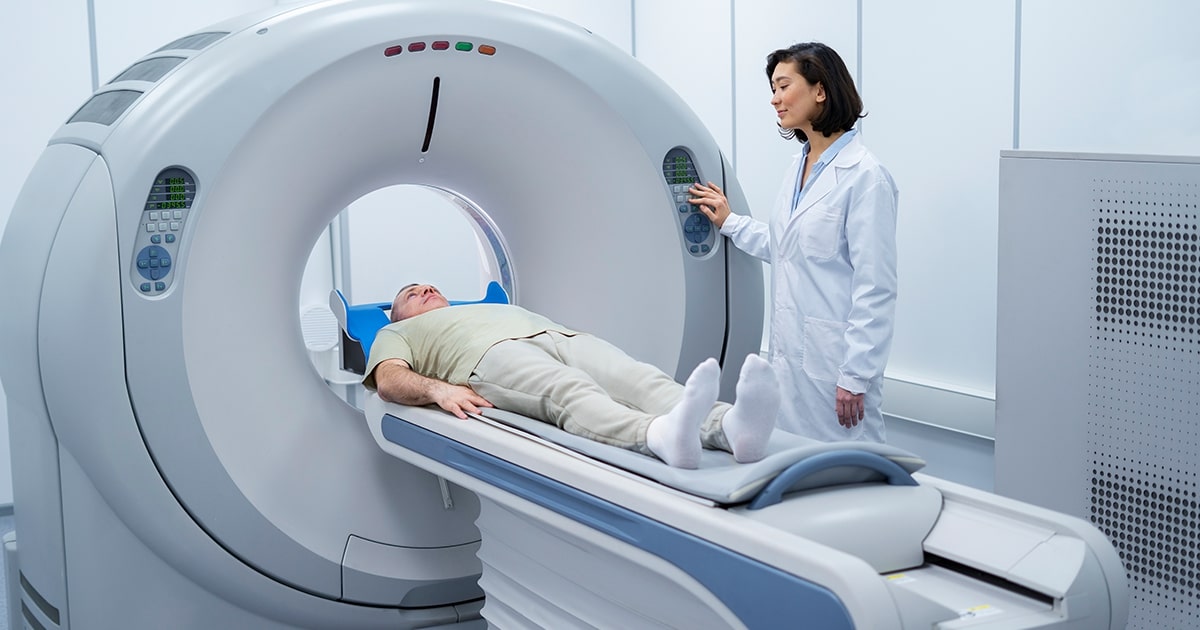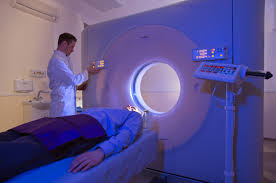- Emergency Line:(+91) 9555943636
- Mon - Fri: 9:00 am - 5:00 pm (24x7 Emergency)
- 8 Marla, Model Town, Sonipat, Haryana 131001
Primax Radiology & Imaging: Advanced Diagnostic Scans in Sonipat


✅ State-of-the-Art Radiology Infrastructure
(a) Latest Generation Imaging Equipment – We invest continuously in the most advanced imaging technology available, including high-resolution CT scan machines with low radiation protocols, high-field MRI scan systems, and digital mammography with 3D tomosynthesis capabilities. (b) PACS (Picture Archiving and Communication System) – Our fully digital infrastructure allows instant access to your images from anywhere in the hospital, enabling faster consultations and treatment decisions. (c) Radiation Safety Protocols – Patient safety is paramount. We employ the ALARA principle (As Low As Reasonably Achievable) for all radiation-based imaging, using the lowest possible radiation doses while maintaining diagnostic quality. (d) Climate-Controlled Imaging Suites – Our comfortable, spacious imaging rooms are designed to reduce anxiety and ensure your comfort during procedures.
✅ Patient-Centric Diagnostic Excellence
(a) Same-Day Reporting for Urgent Cases – We understand the anxiety of waiting for results. Our radiologists prioritize urgent cases, often providing preliminary reports within hours. (b) Transparent Communication – Our radiology team takes time to explain procedures, answer questions, and ensure you understand your imaging results. We believe informed patients are empowered patients. (c) Affordable Diagnostic Services – Quality healthcare should be accessible. We offer competitive pricing for all imaging services, with various payment options and insurance acceptance. (d) Minimal Wait Times – Respect for your time is part of quality care. Our efficient scheduling system and multiple imaging suites minimize waiting periods.
Our Specialized Equipment & Advanced Imaging Services
Ultrasound imaging, also known as sonography, uses high-frequency sound waves to create real-time images of organs, tissues, and blood flow within your body. This safe, non-invasive, and radiation-free imaging technique has revolutionized medical diagnostics, particularly in obstetrics, cardiology, and abdominal imaging.
At Primax Hospital Sonipat, our ultrasound department is equipped with the latest high-definition machines that provide crystal-clear images, enabling our specialists to detect conditions that might be missed with older technology.
| Clinical Situation | Ultrasound Application |
| Abdominal pain with unknown cause | Abdominal ultrasound to check organs |
| Pregnancy monitoring | Routine obstetric ultrasound |
| Leg swelling and pain | Doppler study to rule out blood clots |
| Thyroid nodule detected | Neck ultrasound with biopsy guidance |
| Breast lump found | Breast ultrasound for characterization |
Take Control of Your Health Today. Unexplained abdominal pain, suspicious lumps, or vascular symptoms deserve expert evaluation. Our ultrasound specialists at Primax Hospital are ready to provide answers.
Call 9666460009 or visit our contact page to schedule your ultrasound examination today.
X-ray imaging remains one of medicine’s most valuable diagnostic tools, providing immediate visualization of bones, chest, and many internal organs. At Primax Hospital Sonipat, we’ve elevated traditional X-ray technology with digital radiography systems that deliver superior image quality with significantly reduced radiation exposure.
Our digital X-ray department operates 24/7, ensuring that whether you arrive with a suspected fracture at midnight or need a pre-operative chest X-ray in the morning, we’re ready to serve you with the same level of excellence.
| Condition | X-Ray Type | What We Look For |
| Bone fracture after injury | Skeletal X-ray | Break in bone continuity, displacement |
| Persistent cough with fever | Chest X-ray | Lung infiltrates, fluid, masses |
| Severe abdominal pain | Abdominal X-ray | Bowel gas pattern, obstructions, stones |
| Back pain with numbness | Spine X-ray | Alignment issues, fractures, degeneration |
| Chronic joint pain | Joint X-ray | Arthritis changes, joint space narrowing |
Don’t Delay Essential Diagnosis: Whether you’re dealing with an acute injury or chronic condition requiring evaluation, our X-ray services provide the answers you need. Contact Primax Gastro Institute & Superspeciality Hospital at 9666460009 or book your appointment online. Same-day appointments available.
CT scan technology represents one of the greatest advances in medical imaging, providing detailed cross-sectional images of the body that reveal conditions invisible to conventional X-rays.
At Primax Hospital Sonipat, our multi-slice CT scan machines can capture hundreds of images in seconds, creating 3D reconstructions that allow physicians to visualize organs, bones, and blood vessels with extraordinary clarity.
Our CT scan center offers advanced diagnostics with speed, accuracy, and patient safety for people in Sonipat and nearby regions.
| Medical Situation | CT Scan Type | Diagnostic Purpose |
|---|---|---|
| Sudden severe headache | CT Brain (non-contrast) | Rule out bleeding or stroke |
| Chest pain with breathing difficulty | CT Pulmonary Angiography | Detect blood clots in lungs |
| Severe abdominal pain | CT Abdomen with contrast | Identify appendicitis, stones, obstruction |
| Suspected cancer | CT Chest / Abdomen / Pelvis | Tumor detection and staging |
| Kidney stone symptoms | CT KUB (non-contrast) | Locate and measure stones |
| Chronic sinus problems | CT Paranasal Sinuses | Assess sinus disease |
Many CT scans require iodine-based contrast to highlight organs and blood vessels. It improves detection of infections, tumors, and blood flow issues.
All patients are screened beforehand, and emergency medication is available in case of rare allergic reactions.
For appointments, call 9666460009 or Click Here to Contact Us.
X-ray imaging remains one of medicine’s most valuable diagnostic tools, providing immediate visualization of bones, chest, and internal organs. At Primax Hospital Sonipat, our digital radiography systems deliver superior image quality with reduced radiation exposure.
Our digital X-ray department operates 24/7, ensuring that whether you arrive with a suspected fracture at midnight or need a pre-operative chest X-ray in the morning, we’re ready to serve you.
| Condition | X-Ray Type | What We Look For |
|---|---|---|
| Bone fracture after injury | Skeletal X-ray | Break in bone continuity, displacement |
| Persistent cough with fever | Chest X-ray | Lung infiltrates, fluid, masses |
| Severe abdominal pain | Abdominal X-ray | Bowel gas pattern, obstructions, stones |
| Back pain with numbness | Spine X-ray | Alignment issues, fractures, degeneration |
| Chronic joint pain | Joint X-ray | Arthritis changes, joint space narrowing |
Barium Studies
Intravenous Pyelography (IVP): Contrast study to visualize kidneys, ureters, bladder.
Don’t delay essential diagnosis. Contact Primax Gastro Institute & Superspeciality Hospital at 9666460009 for appointments. Same-day urgent slots available.


Thank You for Submitting
You appointment query has been registered you will soon recieve confirmation call from Hospital if not received call@9666460009
